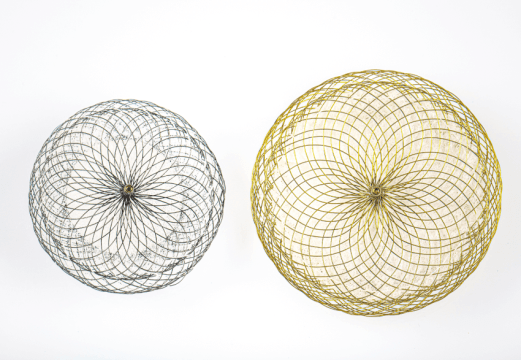Original title: High-Speed Rotational Atherectomy Before Paclitaxel-Eluting Stent Implantation in Complex Calcified Coronary Lesions. The Randomized ROTAXUS (Rotational Atherectomy Prior to Taxus Stent Treatment for Complex Native Coronary Artery Disease) Trial. Reference: Mohamed Abdel-Wahab et al. J Am Coll Cardiol Intv 2013; article in press
Heavily calcified lesions are difficult and may prevent the appropriate expansion of a drug-eluting stent (DES) with consequent increased risk of thrombosis and/or restenosis.
Besides this type of injury may also damage the DES polymer and produce an inadequate diffusion of the drug to the subintimal. Rotational atherectomy, (RA), can effectively ablate these plates which could improve the effectiveness of a DES in this context.
Rotablator was used (Boston Scientific Scimed, Maple Grove, Minnesota) with a chosen size of catheter to achieve a relationship with the size of the vessel 0.5. The primary endpoint was late lumen loss at nine months of angiographic follow-up. 240 patients were randomized with de novo lesions and moderate to severe calcification and Taxus versus rotational atherectomy and Taxus.
The clinical and angiographic characteristics were well balanced between the groups. Making an analysis by treatment intention, angiographic success was identical, (96.7%), but considering that 12.5% of randomized patients to standard dilation finally received RA, the ultimate results achieved was significantly better for RA (92.5% versus 83.3%, P = 0.03).
A 9 month follow-up of cardiac events (MACE) was similar in both groups, (24.2% versus standard. RA 28.3%, P = 0.46), as well as late lumen loss (primary endpoint) with 0.31 ± 0.52 mm versus standard group and 0.44 ± 0.58 mm for RA (p = 0.04).
Conclusion
In this study routine rotational atherectomy prior to Taxus stent implantation in calcified lesions was not superior to Taxus stent implantation only.
Editorial Comment:
ROTAXUS is the first randomized, controlled trial testing routine rotational atherectomy prior to DES and probably evaluated a population with more complex anatomy which has been included in the job with stents. Considering the results, the high volume at centers and the great experience of the surgeons involved, we would say that the use of rotational atherectomy is just a rescue strategy. However, the “standard strategy” was to dilate to high atmospheres using not self-righteous balloons. Despite this, there was a high crossover. While it is true that rotational atherectomy does not improve performance in monitoring, it does change impatient procedure success in this type of injury.
SOLACI.ORG





